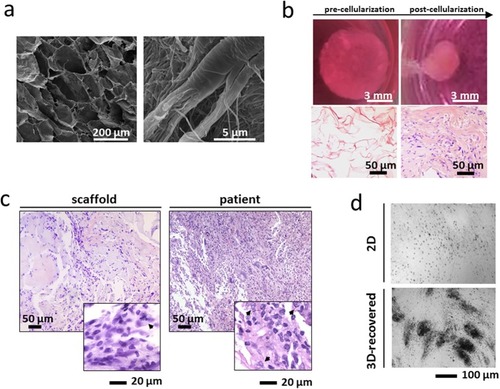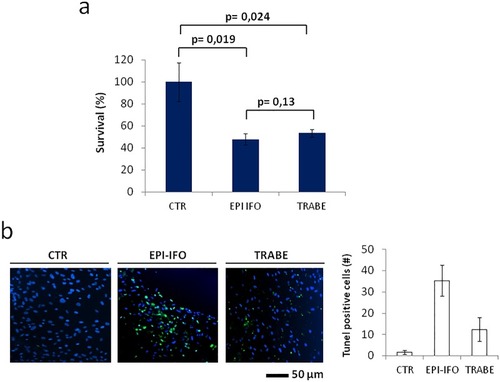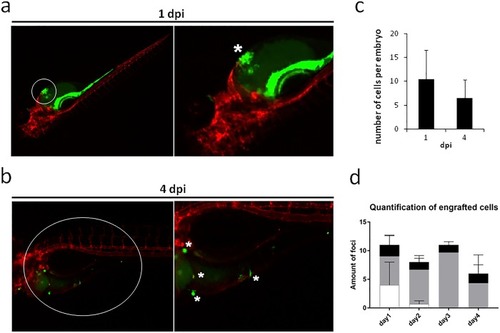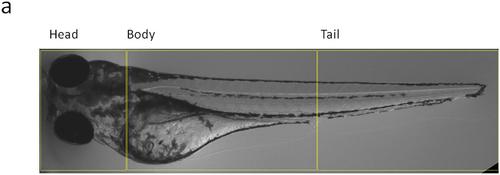- Title
-
Innovative approaches to establish and characterize primary cultures: an ex vivo 3D system and the zebrafish model.
- Authors
- Liverani, C., La Manna, F., Groenewoud, A., Mercatali, L., Van Der Pluijm, G., Pieri, F., Cavaliere, D., De Vita, A., Spadazzi, C., Miserocchi, G., Bongiovanni, A., Recine, F., Riva, N., Amadori, D., Tasciotti, E., Snaar-Jagalska, E., Ibrahim, T.
- Source
- Full text @ Biol. Open
|
|
|
|
|
|
|
Brightfield image of a zebrafish embryo, showing an example of segmentation into 3 different anatomical regions (head, body and tail) in which the engrafted foci of the injected patient-derived cells were quantified. |




